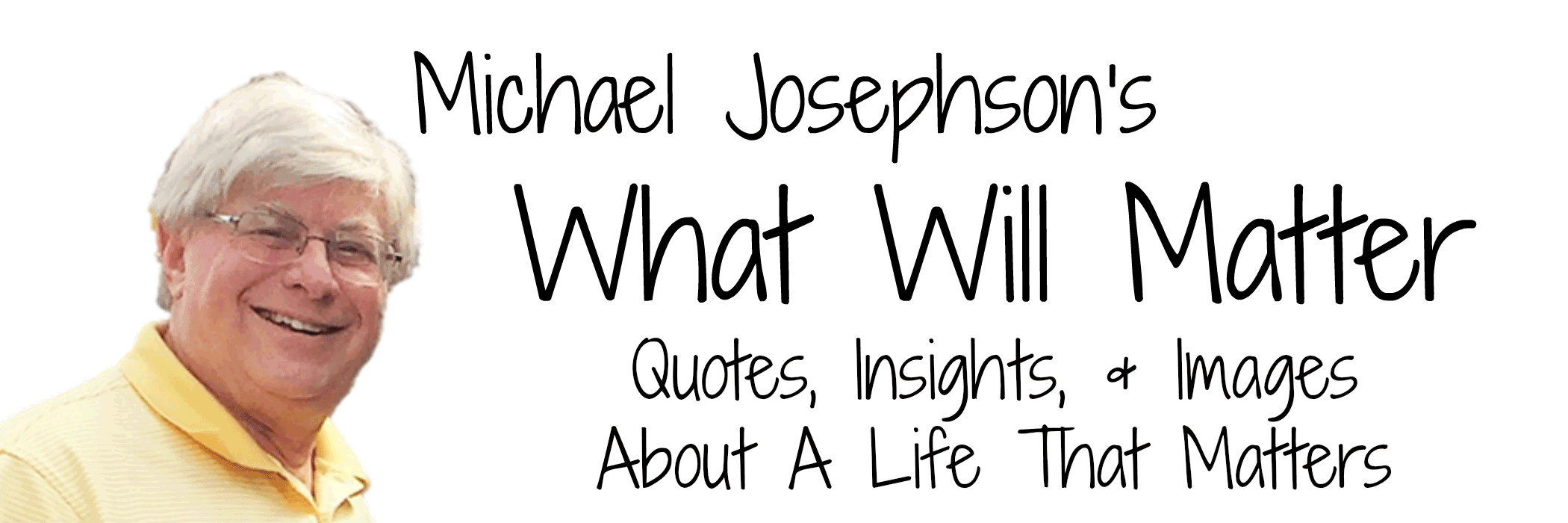What is Behavior Modification and Can it Help My Family?
Re-printed from BetterParenting.com
By Chris Oldenburg
You might have heard the term listening to a self-help parenting CD, or watching an interview with parenting experts: behavior modification. But, how can behavior modification help you as a parent if you don’t really know what it is? It might be used as a buzz word lately, but clinical behavior modification methods have been around for almost a century. Behavior modification can help us as parents if we truly understand the history of it and how it can be used in our lives to raise strong, healthy families.
Behavior Modification Basics
Edward Thorndike first published literature revolving around modifying behavior in 1911, and in 1913 John B. Watson introduced the clinical study of behavior that we now know of as behavior modification. The principles of behavior modification are not new – people have been changing the behaviors of others for centuries by influencing the variables and outcomes of actions. However, behavior modification as a clinical approach to emoting desired changes is a relatively new field.
The three main goals of behavior modification are:
- Explanation
- Prediction
- Control of behavior
Modern research and writings by Garry Martin and Joseph Pear detail behavior modification, and the two authors have proposed seven characteristics of this approach (several of which are more relative to clinical settings).
- Emphasis on defining behavior problems that can be measured.
- Behavior modification techniques can be used to change someone’s environment and help them function better.
- The methods of and rationales for behavior modification techniques can be described precisely.
- Behavior modification techniques can be applied to everyday life.
- Behavior modification techniques are in large part based on core principles of learning.
- This behavior approach relies on scientific demonstrations of effectiveness.
- There is a high level of accountability for everyone using the behavior modification techniques.
This might sound like way too much to soak into our lives as parents. However, as parents we can take what the leaders in research in behavior modification have learned and apply it to teaching our children and raising healthy families.
Where Can Behavior Modification Be Used with My Kids?
The benefits of behavior modification can be found beyond the settings of formal psychological therapies and settings. As parents we can use the techniques that are founded in solid research and studies and help our children acquire healthy, positive behaviors.
- Classroom behavior modification programs are becoming more and more popular. Token or behavior chart systems, praise and ignore techniques, and the use of peers as behavior modifiers are all ways that teachers are formally using behavior modification for classroom management.
- Children with ADHD and other similar diagnoses have shown positive behavior changes through behavior modification programs.
- Parents who are using positive approaches, such as found in the 5 Love Languages of Children, often find that providing compliments, showing approval, and giving encouragement and affirmation find children responding well.
- Parents use behavior modification to help address negative behaviors such as whining, back-talking, pinching or hitting siblings, and irresponsibility for household chores.
Other resources: Behavior Modification: Principles, Issues, and Applications by Edward Craighead, Alan Kazdin, and Michael Mahoney
_________________________
Behavior Modification Techniques
- Classroom Monitoring: Effective teaching practices, frequent monitoring, strict rules and regulations, social appraisal, etc
- Pro-social Behavior: Positive and negative reinforcements , modeling of pro-social behavior, verbal instruction, role playing, etc
- Moral Education: Moral Science classes on real-life situations, imaginary situations and literature. Let students play different roles as a teacher, principal, parents, etc and participate in school administration.
- Social Problem Solving (SPS): Direct teaching of SPS skills (e.g. alternative thinking, means-ends thinking), dialoguing, self-instruction training, etc
- Effective Communication Models: Values explanation activities, active listening, importance of communication and interpersonal skills, training for students and teachers
